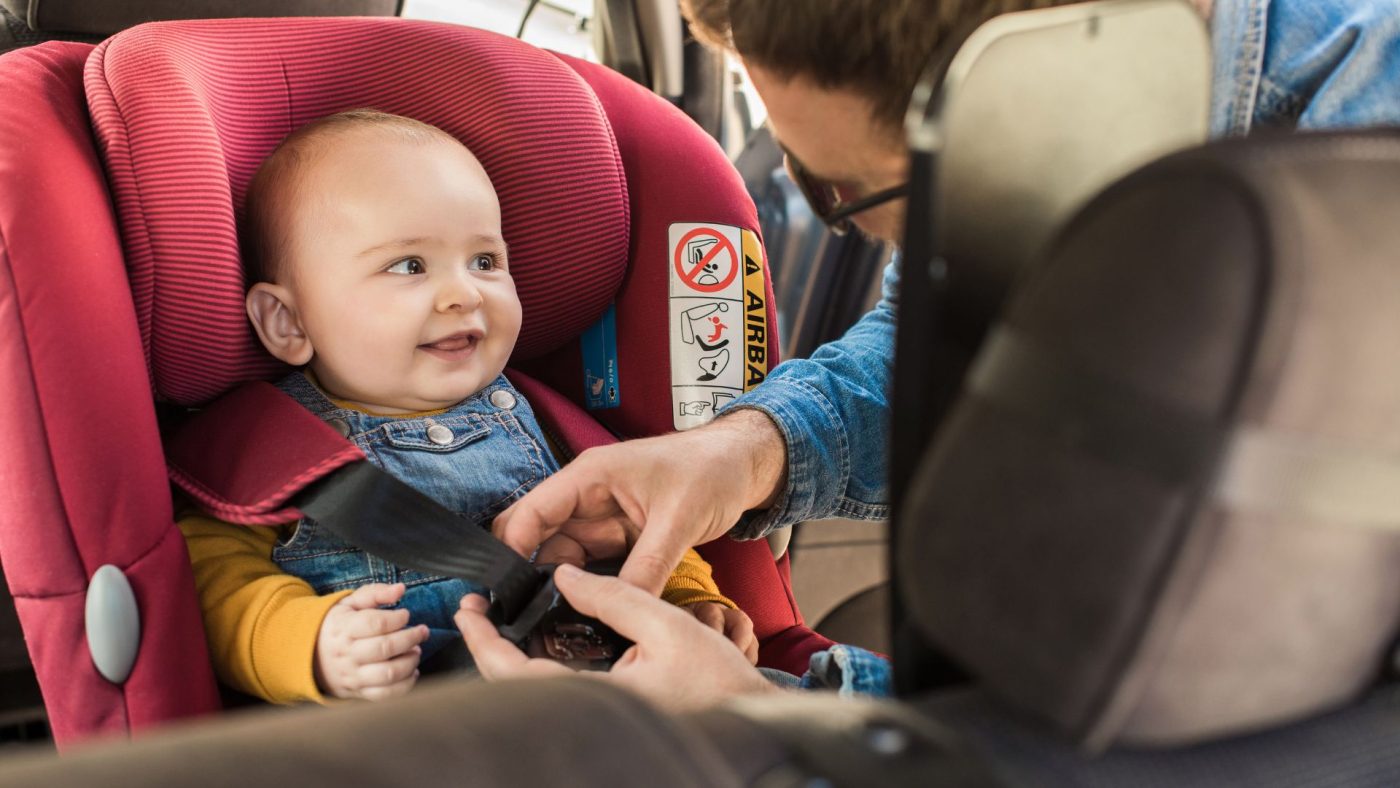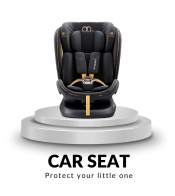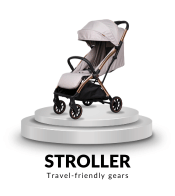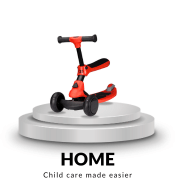Car Seat Information
Infant Car Seat vs Convertible Seat Seat, which is Better in Malaysia?
Car seats are far more than just accessories, they are indispensable tools designed to ensure the safety and well-being of our youngest passengers while they travel in vehicles. In the unfortunate event of an accident, the correct choice and proper installation of a car seat can literally make the difference between life and death for your child.
Choosing the right car seat is not a matter of convenience but a matter of necessity. It’s a commitment to safeguarding your child’s life and health every time you take a trip. The process involves more than just picking the right seat. This involves knowing the car seat’s features, making sure it fits in your vehicle, and using it correctly every time you travel.
This level of care and responsibility has become an essential tool of modern parenting, reflecting our dedication to the safety and well-being of our youngest travellers on the road. So, when it comes to selecting and using car seats, it’s not just a choice; it’s a pledge to protect what matters most, our children.
Understanding Infant Car Seats (Carrier)
Also known as car seat carrier, they are rear-facing only and frequently include features such as a 3-point harness system and replaceable foam inserts to snugly fit newborns and infants. In Malaysia, using baby car seats has various advantages, including improved crash protection and compliance with safety standards. Infant car seats are often designed with portability in mind, featuring convenient handles and lightweight materials that make them easy to carry or plug onto a baby stroller.
Exploring Convertible Car Seats
Unlike newborn infant carrier car seats, which are exclusively rear-facing and cater to the youngest passengers, convertible car seats can transition from rear-facing to forward-facing positions. This adaptability is a significant advantage, as it eliminates the need for frequent replacements, making them a cost-effective choice in the long run. Additionally, some convertible car seats such as the Koopers R129 SAFE Collection can even convert into a booster seat after the forward-facing phase or when the child reaches 100 cm in height, can further extend their usability and value.
Safety Considerations in Malaysia
Adhering to Malaysian safety regulations for car seats is of utmost importance in ensuring the well-being of young passengers. In Malaysia, specific safety standards and guidelines are in place to govern the manufacturing and usage of car seats including requirements for child restraint systems.
These regulations aim to uphold safety and mitigate risks during transportation. Proper installation and usage are equally critical, as even the best car seat can be rendered ineffective if not used correctly.
In Malaysia, the law mandates that all children between the ages of newborn and 12 years, weighing less than 36 kg or measuring below 136 cm in height, must be secured in an appropriate child car seat when travelling in private vehicles. This legal requirement aligns with the Child Restraint System (CRS) regulations implemented on 1st January 2020, which complies with UNR standards only (R44 or R129) to enhance child safety during road travel.

Cost and Long-Term Investment
Infant car seats may appear to be less expensive at first glance, but their usability is limited by weight and height constraints, necessitating a rather early transition to a new seat. Convertible car seats, on the other hand, while sometimes more expensive upfront, provide long-term value and cost savings.
They can fit infants and grow with the child, removing the need for multiple purchases. This versatility can result in significant cost savings over time, making convertible car seats a good investment for Malaysian parents searching for both safety and cost-effective alternatives.
Practicality and Convenience
Infant car seats are commonly preferred due to its portability and convenience of usage. They may be disconnected from the base and utilised as carriers, making them ideal for on-the-go parents. Convertible car seats, on the other hand, offer more long-term convenience because they adapt to a child’s growth. Convertibles can be more difficult to install, but their adaptability with numerous vehicles makes them adaptable.
Parental Preferences and Lifestyle
Convertible car seats may be preferred by larger families due to their cost-effectiveness and adaptability in serving several children over time. Infant car seats, on the other hand, may be preferred by parents wanting portability and the simplicity of quick changes, particularly if they frequently drive short distances or have smaller automobiles.
Lifestyle decisions, such as travel patterns and vehicle type, have a substantial impact. Finally, the decision should represent the family’s preferences in terms of comfort, convenience, and safety for their children while travelling.

To summarise, deciding between baby car seats and convertible car seats in Malaysia requires considering a number of criteria. Infant seats are portable and easy to use, although they need to be replaced once the child outgrows it. Convertible car seats offer long-term value and adaptability, but they are typically larger.
When making this option, consider parental preferences, family size, car type, and travel habits. However, regardless of the option chosen, it is critical to prioritise safety and follow local legislation. To give the best level of protection for your child during automobile rides, always ensure correct installation and usage.
FAQs
1. Is an i-Size car seat compatible with all vehicles?
Answer: i-Size car seats are designed to fit most vehicles equipped with either ISOFIX anchor points or 5-point harness seat belts. However, it’s crucial to check the compatibility list provided by the car seat manufacturer and consult your car’s manual to ensure a proper fit.
2. What is the minimum and maximum height limit for an R129 i-Size car seat?
Answer: The height limits may vary depending on the specific car seat model and manufacturer. Generally, i-Size car seats accommodate children from 40cm to approximately 150cm. Check the manufacturer’s guidelines for your specific car seat.
3. How should I install an R129 i-Size car seat correctly?
Answer: Proper installation is crucial for safety. Follow the manufacturer’s instructions carefully and always use the ISOFIX system if required. Additionally, consult your car’s manual for guidance on securing the car seat properly.
4. Can I use an i-Size car seat on an airplane?
Answer: Some i-Size car seats are certified for use on airplanes, but not all of them. Check the manufacturer’s guidelines and labels on the car seat to confirm its FAA compatibility. Always inform the airline in advance and follow their specific rules regarding child car seats.
Reference:
- https://www.whattoexpect.com/first-year/safety-and-childproofing/infant-vs-convertible-car-seats
- https://www.mot.gov.my/en/land/safety/child-car-seat-safety
- https://www.parents.com/baby/gear/car-seats/which-car-seat-is-right-for-child/
- https://www.whattoexpect.com/baby-products/car-seats/best-inexpensive-car-seats/#:~:text=A%20cheaper%20car%20seat%20may,safety%20and%20crash%20performance%20standards
- https://diono.ca/diono-journal/infant-car-seat-vs-convertible-car-seat-which-is-best-for-a-newborn-passenger
 .
. .
. .
.